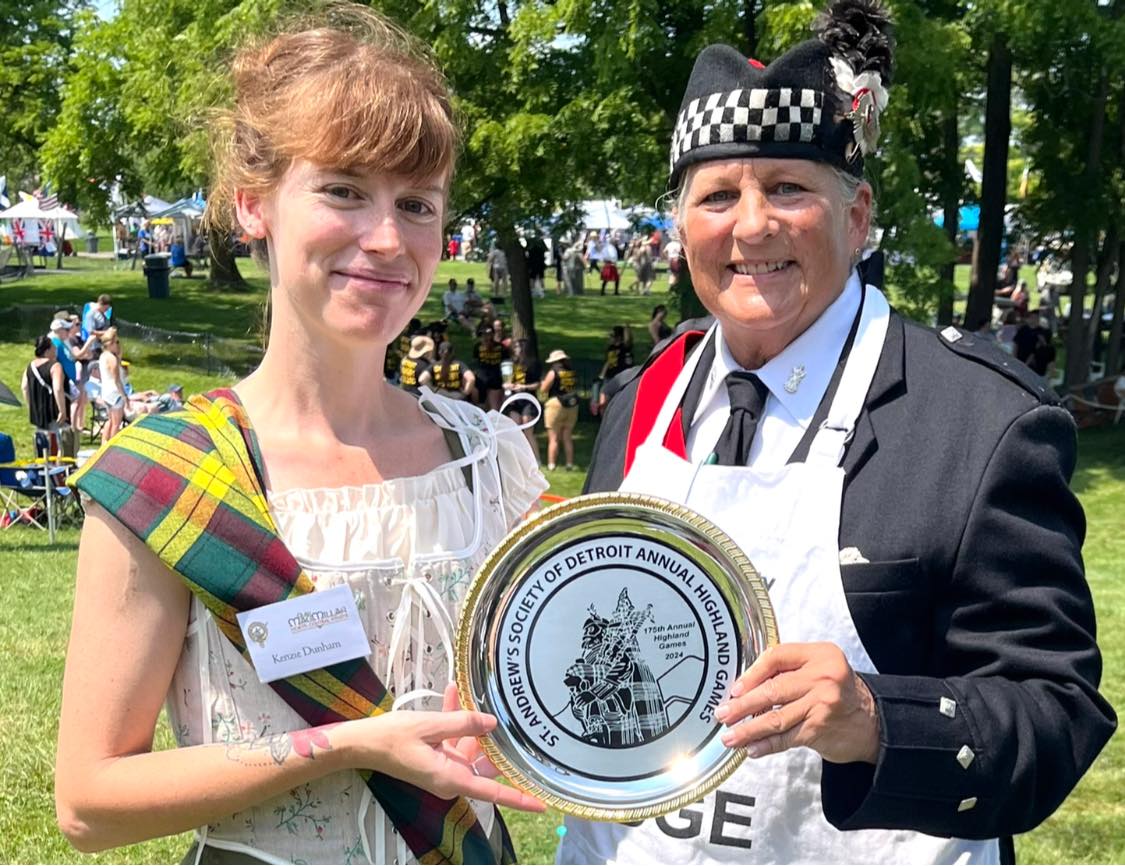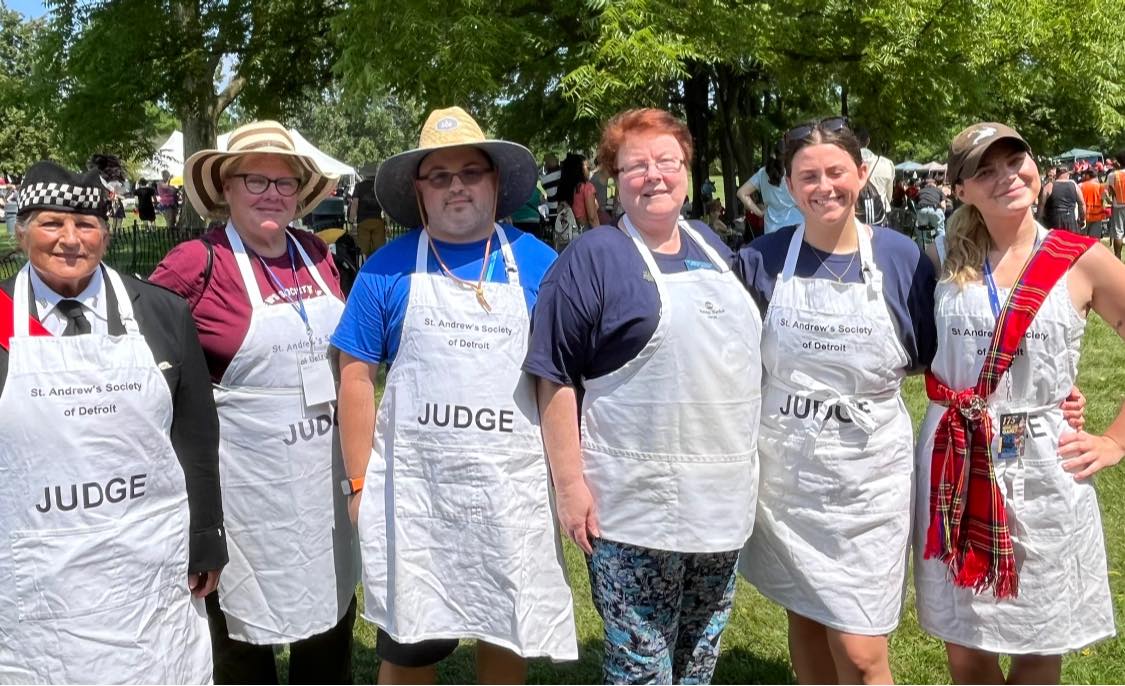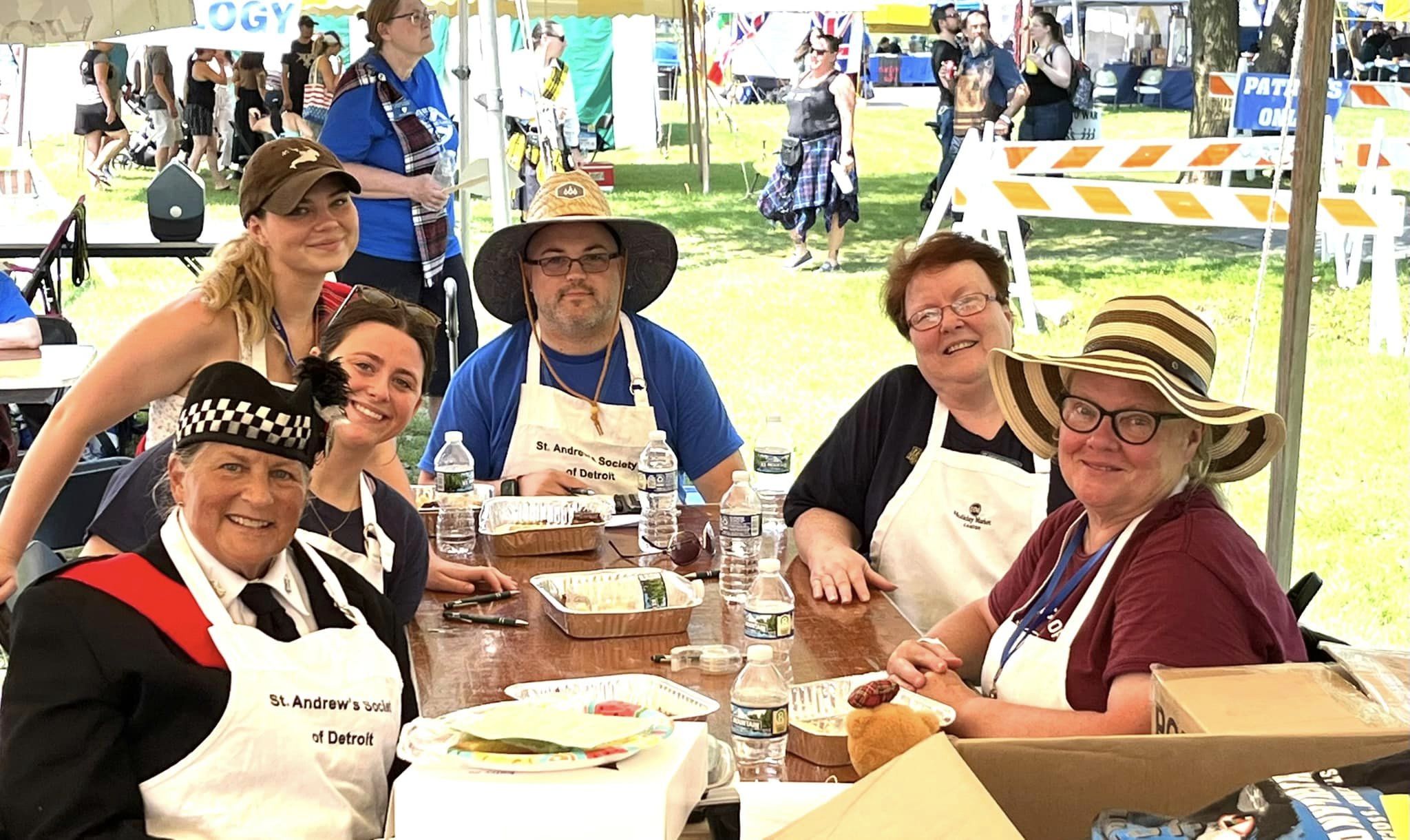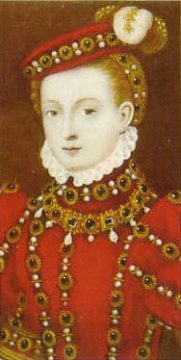Annual Shortbread Contest
2025 Shortbread Contest Details
Think you make good shortbread? Enter yours at the 176th Annual St. Andrew’s Highland Games, at Greenmead Historical Park. The contest will be held on Saturday, August 2nd, 2025.
Here’s how to enter:
• Bring at least 12 samples to the Welcome Center by 11:00 A.M.
• Samples must be in a non-returnable container
• Bring a copy of the complete recipe
- No interruptions are permitted during the judging process.
The 1st, 2nd and 3rd place winners will be announced after the Tug-of-War Contest. The 1st place winner will be presented with a beautiful trophy.
2024 Competition Results
We had a wonderful time judging the 2024 Shortbread Contest on Saturday, August 3rd at the 175th Annual St. Andrew’s Society of Detroit Annual Highland Games at Greenmead Historical Park.
A very big thank you to the Judges’ Panel (Pictured).
2024 Shortbread Judges
Christy Haradean (Shortbread Chair,) Karen El Wood, Patrick Sommers, Linda Sugars, Elyssa Selden and Madison Sabo.

First Place Winner: Kenzie Dunham

Christy Haradean (Shortbread Chair,) Karen El Wood, Patrick Sommers, Linda Sugars, Elyssa Selden and Madison Sabo.

Shortbread Judges Panel
2024 Results and Winning Recipe
And here are the Sweet results:
In Third place is: Stephanie Kincaid
In Second place is: Nicole Clinard
And Congratulations to our First Place Winner: Kenzie Dunham
Kenzie’s Award Winning Recipe for Lemon Lavender Shortbread
Ingredients:
1C. Butter
2C. Flour
1/2 C. Sugar
1/2 tsp. Salt
1 Tbsp. Lemon Zest
1 Tbsp. Fresh Lavender Flower Buds
Instructions:
Cream Butter and Sugar until smooth. Then add zest and lavender to combine, then add Salt to flour and mix, slowly add to butter mix. Refrigerate overnight. Cut into desired shapes and bake at 325° until bottoms brown, 15-22 minutes, depending on thickness.
The History of Shortbread
The story of shortbread begins with the medieval “biscuit bread”. Any leftover dough from breadmaking was dried out in a low oven until it hardened into a type of rusk: the word “biscuit” means “twice cooked”. Gradually the yeast in the bread was replaced by butter, and biscuit bread developed into shortbread.
 Shortbread was an expensive luxury and for ordinary people, shortbread was a special treat reserved for special occasions such as weddings, Christmas, and the New Year. In Shetland, it was traditional to break a decorated shortbread cake over the head of a new bride on the threshold of her new home. The custom of eating shortbread at the New Year has it’s origins in the ancient pagan Yule Cakes which symbolized the sun. In Scotland, it is still traditionally offered to “first footers” at the New Year.
Shortbread was an expensive luxury and for ordinary people, shortbread was a special treat reserved for special occasions such as weddings, Christmas, and the New Year. In Shetland, it was traditional to break a decorated shortbread cake over the head of a new bride on the threshold of her new home. The custom of eating shortbread at the New Year has it’s origins in the ancient pagan Yule Cakes which symbolized the sun. In Scotland, it is still traditionally offered to “first footers” at the New Year.
Shortbread has been attributed to Mary, Queen of Scots, who in the mid-16th century was said to be very fond of Petticoat Tails, a thin, crisp, buttery shortbread originally flavoured with caraway seeds.
There are two theories regarding the name of these biscuits. It has been suggested that the name “Petticoat Tail” may be a corruption of the French petites galettes (“Little Cakes”). However these traditional Scottish shortbread biscuits may in fact date back beyond the 12th century. The triangles fit together into a circle and echo the shape of the pieces of fabric used to make a full gored petticoat during the reign of Elizabeth I. The theory here is that the name may have come from the word.
Shortbread is traditionally formed into one of three shapes: one large circle divided into segments (“Petticoat Tails”); individual round biscuits (“Shortbread Rounds”); or a thick rectangular slab cut into (“Fingers”.)
